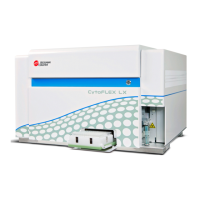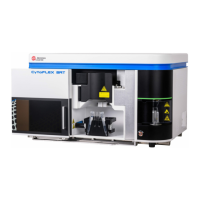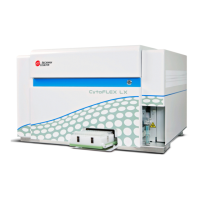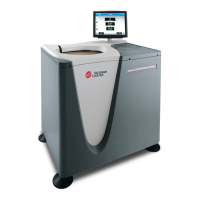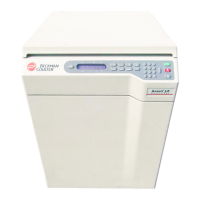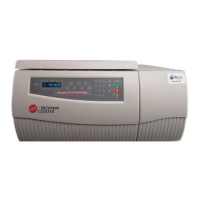PN 177196BB
xii
INTRODUCTION
SAFETY SYMBOLS
r A Note: (in bold font) prefaces supplemental information.
r An ATTENTION (in bold font) prefaces information that is important to remember or
helpful when doing a procedure.
r indicates a suggested task for the trainer or the trainee.
r Instrument or system is sometimes used to refer to the A
C
•T 5diff Autoloader
hematology analyzer (meaning both Analyzer and Workstation).
r AL refers to autoloader.
r Main card refers to the main circuit board (card) in the instrument.
r RBC bath is sometimes referred to as RBC/Plt bath.
r The terms “screen” and “window” are used interchangeably.
r A
C
•T 5diff Rinse reagent is sometimes referred to as Rinse.
r A
C
•T 5diff Fix reagent is sometimes referred to as Fix.
r A
C
•T 5diff Hgb Lyse reagent is sometimes referred to as Hgb Lyse.
r A
C
•T 5diff WBC Lyse reagent is sometimes referred to as WBC Lyse.
r A
C
•T 5diff Diluent reagent is sometimes referred to as Diluent.
SAFETY SYMBOLS
Safety symbols alert you to potentially dangerous conditions. These symbols, together with
text, apply to specific procedures and appear as needed in the Summary pages and before
applicable topic task throughout this training guide.
Symbol Warning Condition
Action
Biohazard. Consider all materials
(specimens, reagents, controls, and
calibrators, and so forth) and areas these
materials come into contact with as being
potentially infectious.
Wear standard laboratory attire and follow
safe laboratory procedures when handling
any material in the laboratory.
Probe hazard. The probe is sharp and may
contain biohazardous materials, such as
controls and calibrators.
Avoid any unnecessary contact with the
probe and probe area.
Electrical shock hazard.
Possibility of
electrical shock when instrument is plugged
into the power source.
Before continuing, unplug the Analyzer
from the electrical outlet.
Conditional hazard. Possibility of a hazard
based on specific conditions.
Pay close attention to the information
provided when you see this symbol.
!
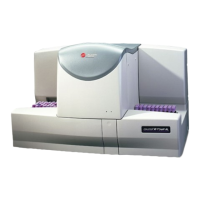
